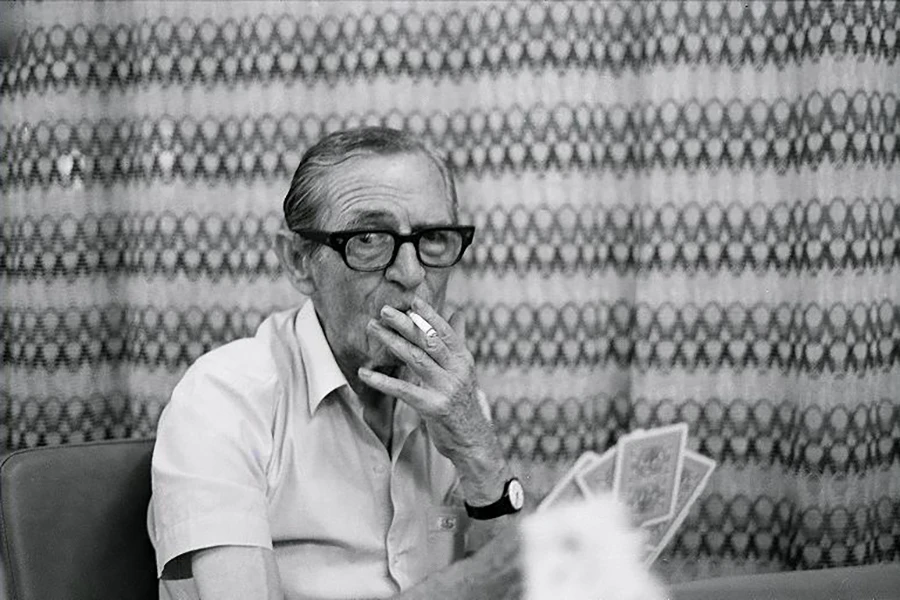Somewhere in Mediterranean
The UWAW (UnderWaterArtWorks) team is gathering around a different theme this time. They have come together to draw attention to the lives lost while trying to cross the Mediterranean Sea in the hope of a better life after being displaced for various reasons. In the video they co-produced, hundreds of bubbles rising from the seabed represent the last breaths, cries, and rebellions of refugees who lost their lives while crossing the Mediterranean. The clusters of glass bubbles attached to the seagrass, attempting to rise to the surface of the sea and released by the bottom currents, emphasize the struggle of the lives lost at the bottom of the sea to hold on. As the title suggests, the exhibition was opened in an unknown location in the Mediterranean. It will not be inaugurated, nor will it be visited. The works will remain in the Mediterranean until an unknown date, dedicated to the lifeless bodies that have lost their names, identities, places, and homes.
Mare Nostrum, in Latin, Our Sea, the Mediterranean, is the inland sea around which the first settlements were founded, where people created their own history and culture, and where different forms of life flourished. This ancient sea, like its salty water containing hundreds of elements and components, hosted hundreds of cultures and witnessed joy and sadness, victories and defeats. Mirroring the history of humanity, the Mediterranean now witnesses a terrible tragedy in the 21st century. Millions of displaced people fleeing wars, cruelty, hunger, diseases, and poverty embark on a journey with the dream of reaching the European continent through Turkey, Morocco, Tunisia, Algeria, Libya, and Egypt. These people, longing for a home once again, have to set sail in the familiar waters of the Mediterranean, Our Sea. However, neither the shore nor the waters are familiar to them. As everything familiar crumbles in a geography of destruction, the once safeguarded environment of the shore suddenly turns into stormy waters, and the waters become the hell of the shore. They find themselves in an uncanny environment. What they encounter is not only the strangeness of the waters but also the cruelty of human traffickers, whom they once knew as people, and the fact that the vessels they use to cross the sea are not designed for such journeys but to sink, turning their journey into chaos.
In addition to those who manage to reach the opposite shore, thousands of lives are lost every year. Yet, those who are lost at sea are not even included in these numbers. The lifeless bodies of refugees, stripped of their names, identities, and homes, lie somewhere in the Mediterranean. This place could be anywhere. Just like the unknown location of lost lives in the Mediterranean, the location of this exhibition is also unknown. It is impossible to organize an opening reception for this exhibition, held in memory of an ongoing tragic event; its name already says it all, “Somewhere in the Mediterranean.” Like the other events carried out underwater by the UWAW team, the artworks, inaccessible to scuba diving or snorkeling, will remain somewhere underwater in the Mediterranean until an unknown date.
RAHMİ ÖĞDÜL
Gallery
Related Works
Opened in 2005 in Asmalımescit, Beyoğlu, the ceramics studio is now concluding its journey with its final project, APARLO. The studio has been instrumental in producing projects for the independent artist initiative UWAW.ORG (UnderWaterArtWorks) and has also provided a space for artists from various disciplines. APARLO, created from casting slip and fired at 1050 degrees Celsius, is a limited edition piece with only 70 copies.
UWAW (UnderWaterArtWorks) is an independent art initiative that held its inaugural exhibition in 2001.
It was established with the objective of highlighting topics such as the destructive impact of human activities on nature, underwater life, and water pollution. In 2011, the group organized its first exhibition titled “We Cooked the Sea” featuring four artists. The exhibition took place in the Bodrum district of Muğla and later in the Kaş district of Antalya.



















